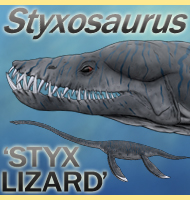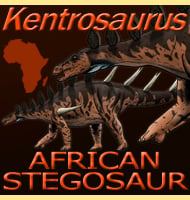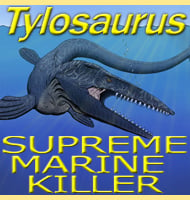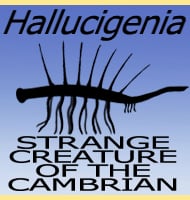In Depth
Not much is known about Oedaleops other than it was similar to Eothyris, another synapsid that is only known from its skull. Oedaleops has slightly larger canine teeth that are thought to have been of use in capturing small prey like insects.
Further Reading
– Oedaleops campi (Reptilia: Pelycosauria) New Genus and Species from the Lower Permian of New Mexico, and the Family Eothyrididae. – Bulletin of the Texas Memorial Museum 9:1-47. – W. Langston – 1965. – Do these Early Permian synapsids from Texas and New Mexico form a clade?. – Journal of Vertebrate Paleontology. 29: 39. – R. R. Reisz, S. J. Godfrey & D. Scott – 2009. – New Information on the Basal Pelycosaurian-Grade Synapsid Oedaleops. – Early Evolutionary History of the Synapsida. Vertebrate Paleobiology and Paleoanthropology. – S. S. Sumida, V. Pelletier & D. S. Berman – 2013.









